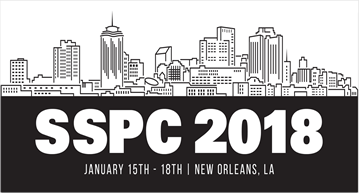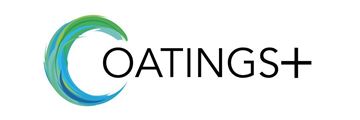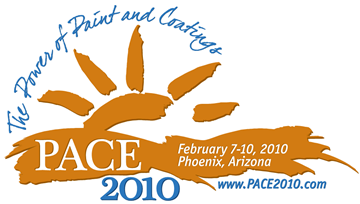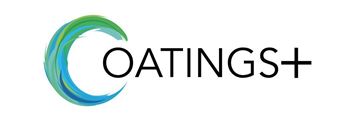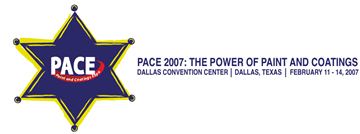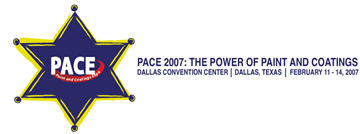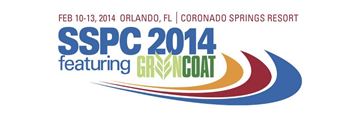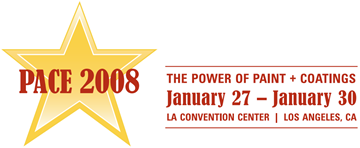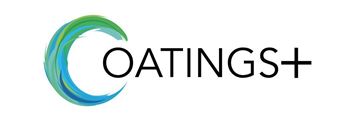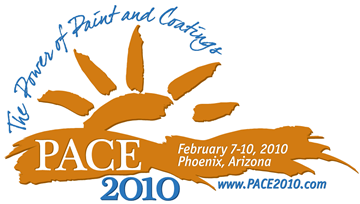Search
Products tagged with 'surface preparation'
View as
Sort by
Display
per page
HOW A COMBINATION OF A POLYMER AND PVC FILM CAN PROVIDE COMPLETE GREEN COATING SOLUTIONS?
Product Number:
51218-109-SG
Publication Date:
2018
$20.00
How Specific is Your Coating Specification?
Product Number:
51220-236-SG
Publication Date:
2020
$20.00
How to Write a Good Process Control Procedure
Product Number:
41212-709-SG
Publication Date:
2012
$20.00
Ice and Snow, Away We Go! Painting Ships In Cold Winter Conditions
Product Number:
41210-537-SG
Publication Date:
2010
$20.00
Identifying Potential Inhalation and Hearing Hazards In Abrasive Blasting Operations
Product Number:
51220-290-SG
Publication Date:
2020
$20.00
Implementing Basic Statistical Process Control in Contractor Painting Programs to Improve Quality and Maximize Profit
Product Number:
41207-365-SG
Publication Date:
2007
$20.00
Improvement of Blasting Productivity by Optimizing Blasting-Related Operation Parameters
Product Number:
41207-303-SG
Publication Date:
2007
$20.00
Improving Coating Performance by Using a Novel Polymeric Adhesion Promoter Technology
Product Number:
41216-949-SG
Publication Date:
2016
$20.00
Industrial Protective Coating Tradeoffs: Understanding Why Industrial Coatings can be Complicated
Product Number:
41214-806-SG
Publication Date:
2014
$20.00
Innovations in Dehumidification and Climate Control For Tank Coating Projects
Product Number:
41208-417-SG
Publication Date:
2008
$20.00
Insights into the Consideration and Selection of Viscoelastic Materials for Potential Use in Field Patch Application
Product Number:
51220-294-SG
Publication Date:
2020
$20.00
Inspection Techniques for Flash Rust Formed After Waterjetting
Product Number:
41210-522-SG
Publication Date:
2010
$20.00

